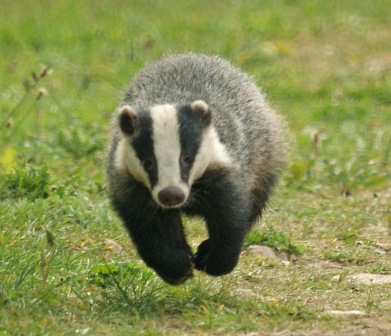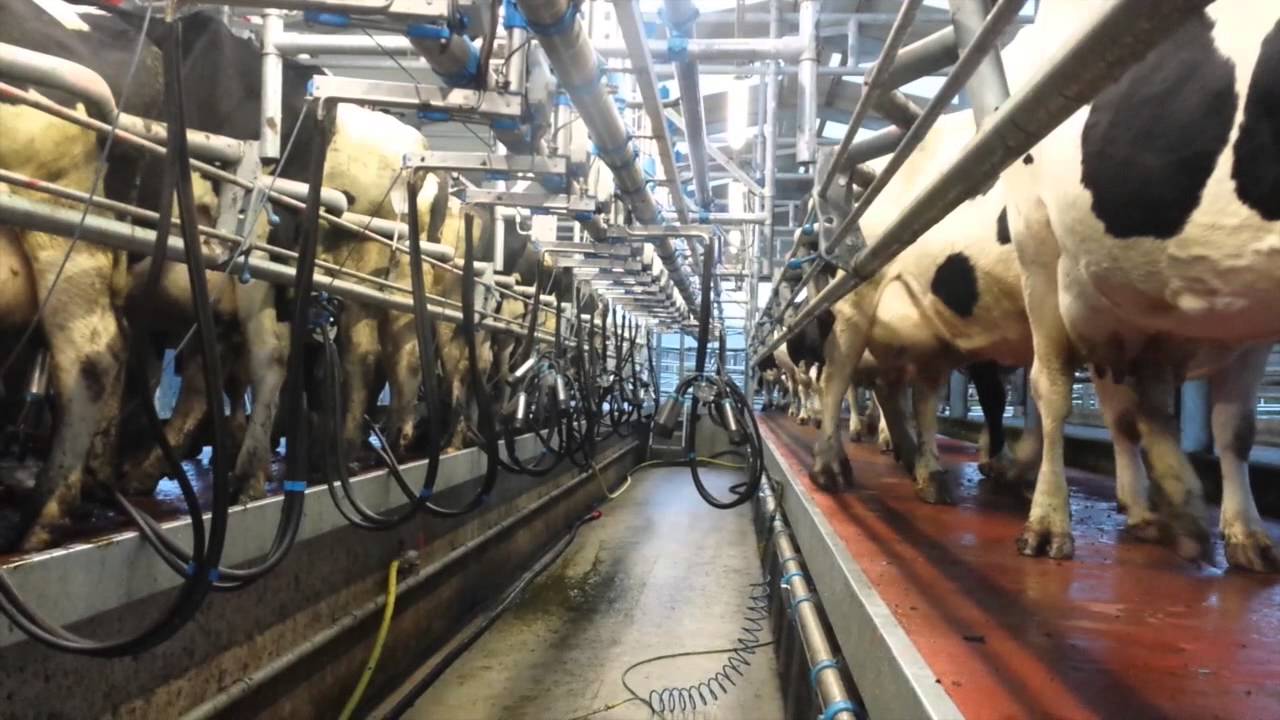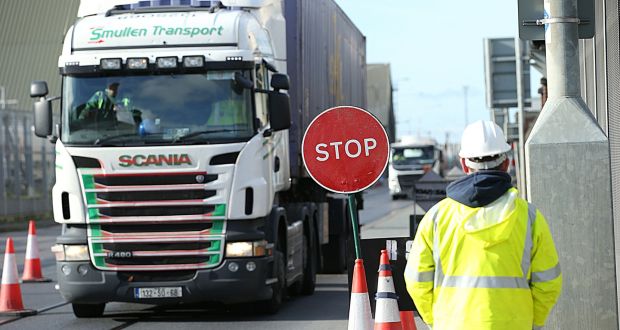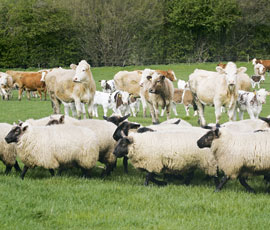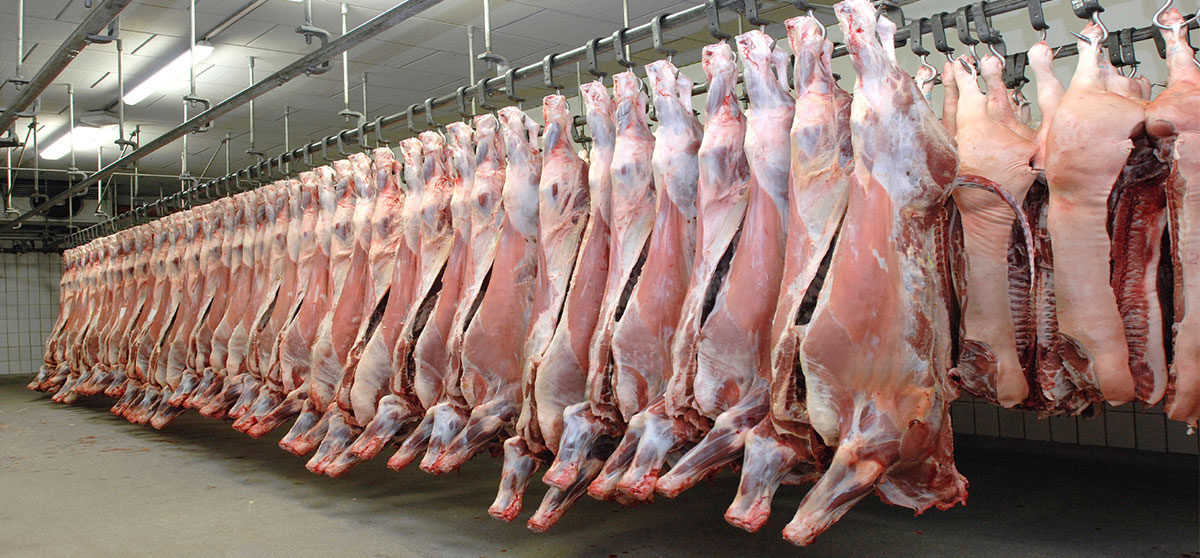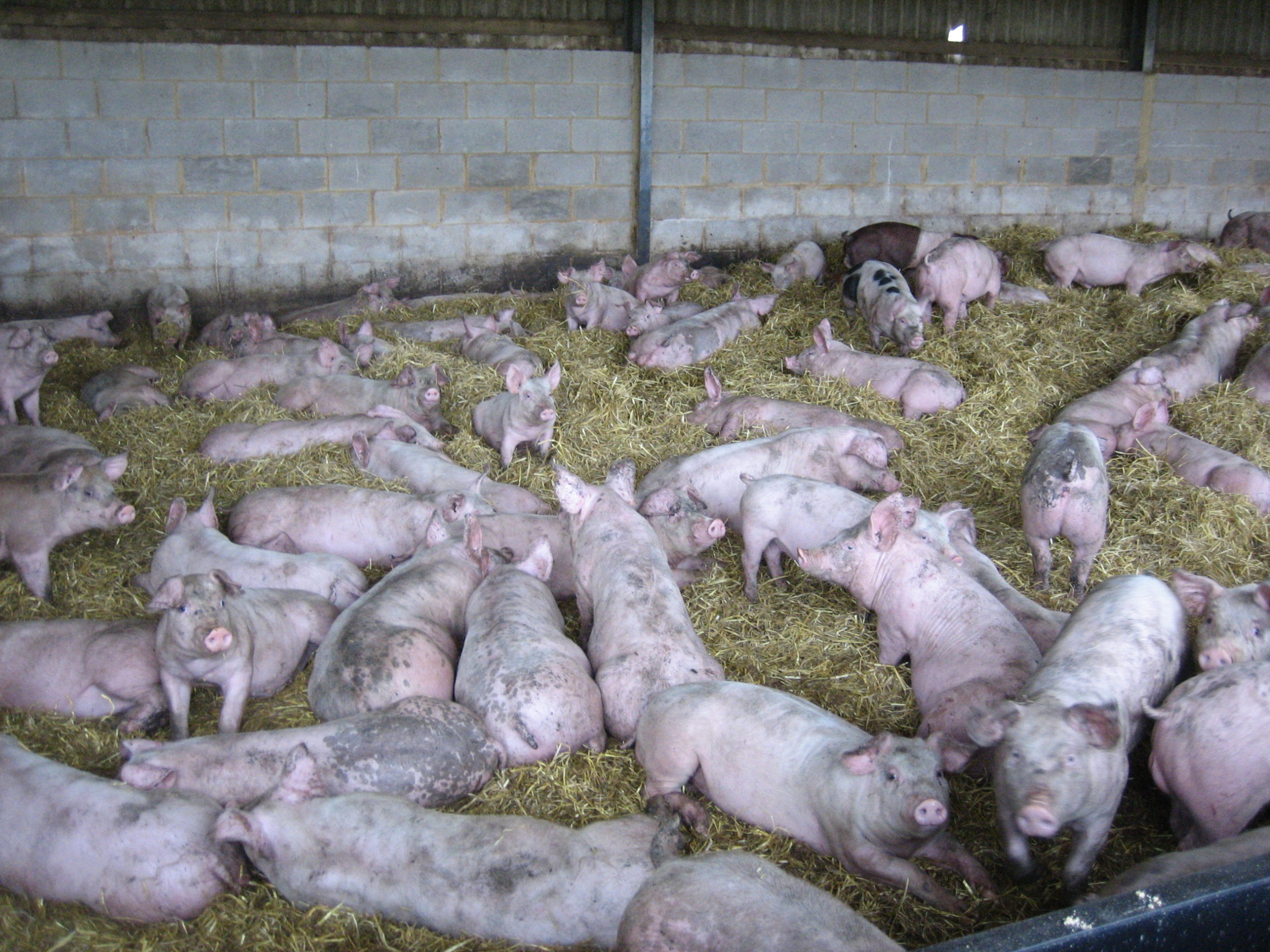Both the EU-Spec SPP and APP experienced big losses in the week ending June 8th. The SPP fell by 1.2p per kg for the week to 210.2p per kg. The size of the fall was unexpected; since the turn of the year the price hasn’t swung more than 1p per kg either way. Some of the fall was clawed back in the most recent week ending 15th June when the EU-Spec SPP gained 0.4p per kg. This takes it to 12p per kg less than at the same time in 2023 and 3.3p per kg below where it was at the beginning of 2024. On the Continent, the EU Reference price is just over 20p per kg lower than the equivalent UK reference price, which is within the typical range. These prices are disappointing for producers, especially as throughputs are low.
In terms of throughput, Defra’s latest data shows UK clean pig slaughterings in May down 10% on the year at 783,000 head, resulting in production falling by 8.9%, as carcass weights on average are heavier. However, the AHDB estimates GB slaughterings are marginally up for the week ending 15th June compared to the previous week and 1,500 head up on last year, but this was from a low base; some 27,500 less than in 2022 for the same week.
Low demand for pork is however the key reason for subdued prices. According to Kantar, pork is one of the few proteins to experience a decline in retail demand over the 12 weeks to 12th May. Whereas total pigmeat retail value increased by 2.3%, the volume of sales declined by 2.1%. All other proteins increased volume sales over the same period, except beef which fell marginally by 0.4%. Retail volume sales of pork have been in a constant slow decline over the last 18 months; this is due to shoppers buying less per shopping trip. Pork is seen as less tasty than beef and lamb and harder to cook than beef or chicken. Furthermore, despite being one of the cheapest proteins in the supermarket per kg, year-on-year it has seen one of the biggest increase in retail price, rising by 4.5% compared with lamb, which actually fell by -3.1% and poultry which increased but by a lessor amount, 3.1%. Only beef retail prices experienced a larger increase, up 5.5%. The result is that the gap between primary pork and primary chicken prices has widened. Back in August 2022 the 12 week rolling primary pig price was just 51p per kg higher than primary chicken prices, but at its widest in September 2023, this rose to £1.34 per kg. The gap has narrowed a little and stands at about £1 per kg.
Further analysis by Kantar reveals over 60% of pork volume losses are from shoppers switching to other proteins. The biggest volume losses are from older and younger shoppers where the cost of living crisis is hitting hardest. And for those holding out for BBQ demand, sausage demand apparently peaks in May! However, it the weather is good over the summer this should help sales. A promising area is the growth in demand from foodservice which has seen a 6.5% rise, but because over 86% of pork volumes are through retail, overall demand is in decline -1.5% on the year. The AHDB is forecasting this trend will continue for the rest of the year with total pork volumes down by -2% compared with 2022 and -4% with 2019.
